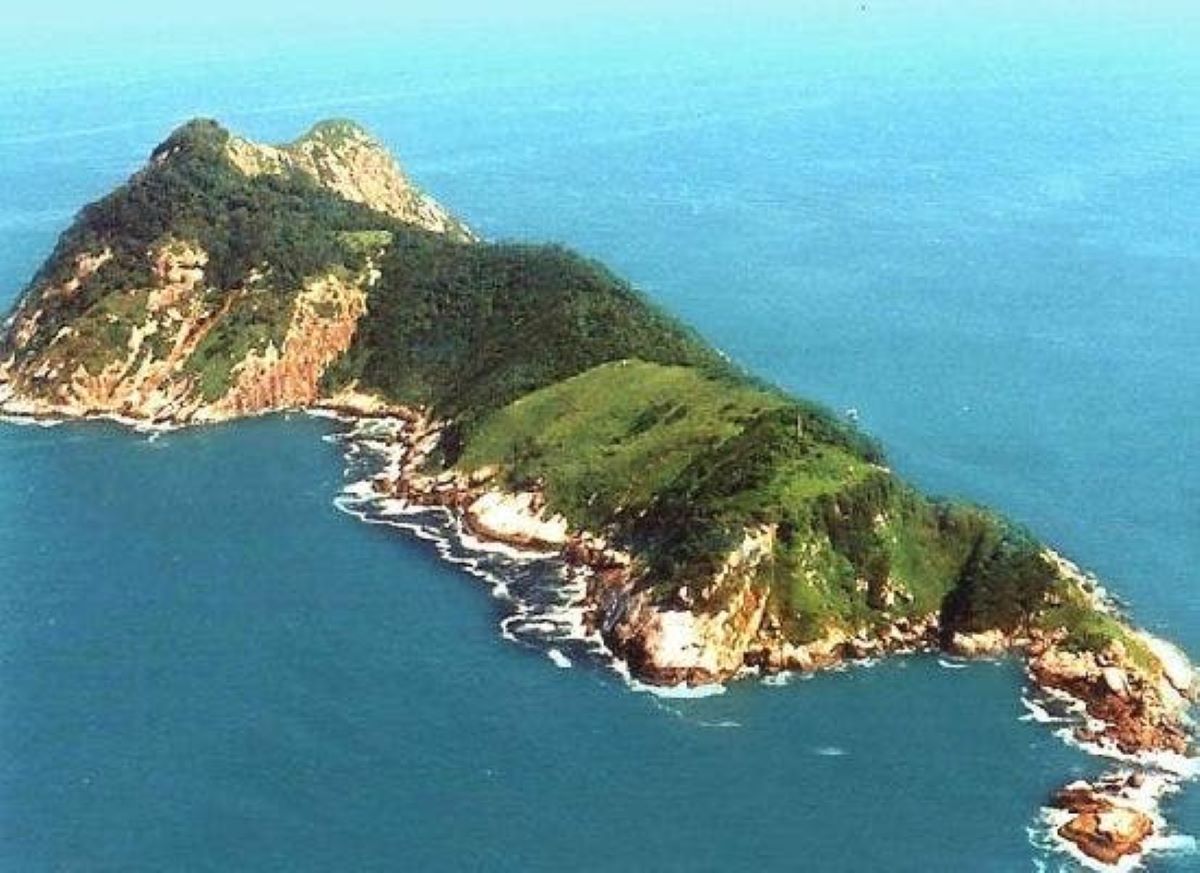
Who was John Torrington? John Torrington was a British sailor whose life and death became a chilling chapter in Arctic exploration history. Born in 1825, he joined the ill-fated Franklin Expedition in 1845, which aimed to chart the Northwest Passage. Torrington, only 20 years old, succumbed to pneumonia and malnutrition, becoming one of the first casualties. His well-preserved body, discovered in 1984, provided eerie insights into the harsh conditions faced by the crew. John Torrington's story is a haunting reminder of the perils of exploration and the human spirit's resilience. Let's uncover 35 fascinating facts about this young sailor and his tragic journey.
Key Takeaways:
- John Torrington, a young sailor in the ill-fated Franklin Expedition, left a haunting legacy. His well-preserved body revealed the harsh realities of Arctic exploration and continues to captivate researchers and the public.
- The discovery of John Torrington's grave sparked renewed interest in the Franklin Expedition, leading to the discovery of lost ships. His story serves as a poignant reminder of the sacrifices made in the pursuit of discovery.
John Torrington: The Man Behind the Legend
John Torrington's story is one of mystery and intrigue. His life and death have fascinated historians and enthusiasts alike. Let's dive into some captivating facts about this enigmatic figure.
-
John Torrington was born in 1825 in Manchester, England. His early life remains largely undocumented, adding to the mystery surrounding him.
-
He joined the Royal Navy at a young age, driven by a sense of adventure and duty. This decision would eventually lead him to one of history's most infamous expeditions.
-
Torrington was a petty officer on the HMS Terror, one of the two ships in the ill-fated Franklin Expedition of 1845. This expedition aimed to find the Northwest Passage.
-
The Franklin Expedition was led by Sir John Franklin, a seasoned explorer. Torrington and his fellow crew members set sail with high hopes and grand ambitions.
-
The expedition consisted of 129 men aboard two ships, HMS Erebus and HMS Terror. They were well-provisioned for a long journey.
-
Torrington's role was that of a stoker, responsible for maintaining the ship's engines. This was a crucial job, especially in the harsh Arctic conditions.
-
The ships became icebound in Victoria Strait near King William Island in the Canadian Arctic. This marked the beginning of a tragic series of events.
-
Torrington fell ill during the expedition, likely due to the harsh conditions and limited medical supplies. His health deteriorated rapidly.
-
He died on January 1, 1846, making him one of the first casualties of the Franklin Expedition. His death was a grim omen for the rest of the crew.
-
Torrington was buried on Beechey Island, along with two other crew members who died shortly after him. Their graves were marked with simple wooden crosses.
The Discovery of Torrington's Grave
The discovery of Torrington's grave in the 1980s brought renewed interest in the Franklin Expedition. His well-preserved body provided valuable insights into the hardships faced by the crew.
-
Dr. Owen Beattie, an anthropologist, led the team that exhumed Torrington's body in 1984. This was part of a larger project to understand the fate of the Franklin Expedition.
-
Torrington's body was remarkably well-preserved, thanks to the permafrost. This allowed researchers to conduct detailed examinations.
-
Autopsy results revealed that Torrington suffered from tuberculosis. This was likely exacerbated by the harsh conditions and malnutrition.
-
Lead poisoning was also found in Torrington's remains, suggesting that contaminated food and water supplies may have contributed to the crew's demise.
-
Torrington's face was almost perfectly preserved, providing a haunting glimpse into the past. His expression seemed peaceful, despite the circumstances of his death.
-
The exhumation of Torrington's body was controversial, with some arguing that it disturbed the sanctity of his grave. However, it provided crucial information about the expedition.
-
Torrington's remains were reburied on Beechey Island after the examination. His grave continues to be a site of historical interest.
The Legacy of John Torrington
John Torrington's story has left a lasting impact on the study of Arctic exploration and the Franklin Expedition. His life and death continue to captivate researchers and the public alike.
-
Torrington's story has been featured in numerous books and documentaries, highlighting the enduring fascination with the Franklin Expedition.
-
His well-preserved body provided a rare opportunity to study the effects of extreme conditions on the human body. This has contributed to our understanding of Arctic exploration.
-
Torrington's grave is a popular site for historians and tourists, drawing visitors to the remote Beechey Island.
-
The Franklin Expedition remains one of the greatest mysteries in the history of exploration. Torrington's story is a key piece of this puzzle.
-
Torrington's life and death have inspired artists, writers, and filmmakers. His story is a poignant reminder of the human cost of exploration.
-
The discovery of Torrington's body sparked renewed interest in the search for the Franklin Expedition's lost ships. This eventually led to the discovery of HMS Erebus and HMS Terror.
-
Torrington's story is a testament to the resilience and determination of the human spirit. Despite the tragic outcome, the crew's bravery and perseverance continue to be admired.
-
The study of Torrington's remains has provided valuable insights into the health and nutrition of 19th-century sailors. This has broader implications for the study of historical populations.
-
Torrington's story is a reminder of the dangers and uncertainties faced by explorers. It underscores the importance of preparation and resilience in the face of adversity.
-
The Franklin Expedition has become a symbol of the quest for knowledge and the human desire to push the boundaries of exploration. Torrington's story is an integral part of this legacy.
-
Torrington's grave is a poignant reminder of the sacrifices made by explorers. It serves as a memorial to those who lost their lives in the pursuit of discovery.
-
The study of Torrington's remains has led to advancements in forensic anthropology and the study of historical remains. This has had a lasting impact on the field.
-
Torrington's story has been used to educate and inspire future generations of explorers and scientists. It serves as a powerful example of the challenges and rewards of exploration.
-
The Franklin Expedition has been the subject of numerous theories and speculations. Torrington's story provides a tangible connection to this enigmatic chapter in history.
-
Torrington's life and death continue to be a source of fascination for researchers and the public alike. His story is a testament to the enduring allure of the unknown.
-
The discovery of Torrington's body has led to increased interest in the preservation of historical sites and artifacts. This has had a positive impact on the field of archaeology.
-
Torrington's story is a reminder of the importance of historical research and the value of uncovering the past. It highlights the need for continued exploration and discovery.
-
John Torrington's legacy lives on through the continued study and fascination with the Franklin Expedition. His story is a powerful reminder of the human spirit's resilience and determination.
The Legacy of John Torrington
John Torrington's story is a haunting reminder of the perils faced by explorers in the 19th century. His preserved body, discovered in 1984, offers a unique glimpse into the harsh conditions endured during the Franklin Expedition. Torrington's tale is not just about a young man who perished in the Arctic; it’s a testament to human endurance and the relentless pursuit of discovery. His well-preserved remains have provided scientists with invaluable information about the health and diet of Arctic explorers. Torrington's legacy continues to captivate historians and enthusiasts alike, reminding us of the sacrifices made in the name of exploration. His story, frozen in time, serves as a poignant chapter in the annals of maritime history. As we reflect on his life, we gain a deeper appreciation for the courage and determination of those who ventured into the unknown.
Frequently Asked Questions
Was this page helpful?
Our commitment to delivering trustworthy and engaging content is at the heart of what we do. Each fact on our site is contributed by real users like you, bringing a wealth of diverse insights and information. To ensure the highest standards of accuracy and reliability, our dedicated editors meticulously review each submission. This process guarantees that the facts we share are not only fascinating but also credible. Trust in our commitment to quality and authenticity as you explore and learn with us.


